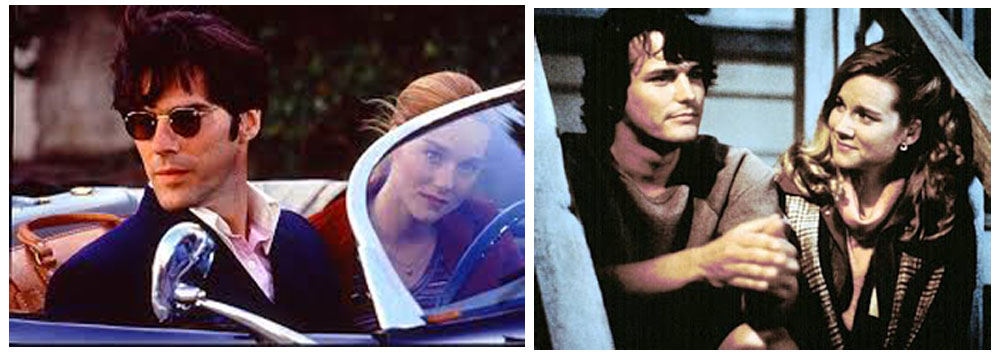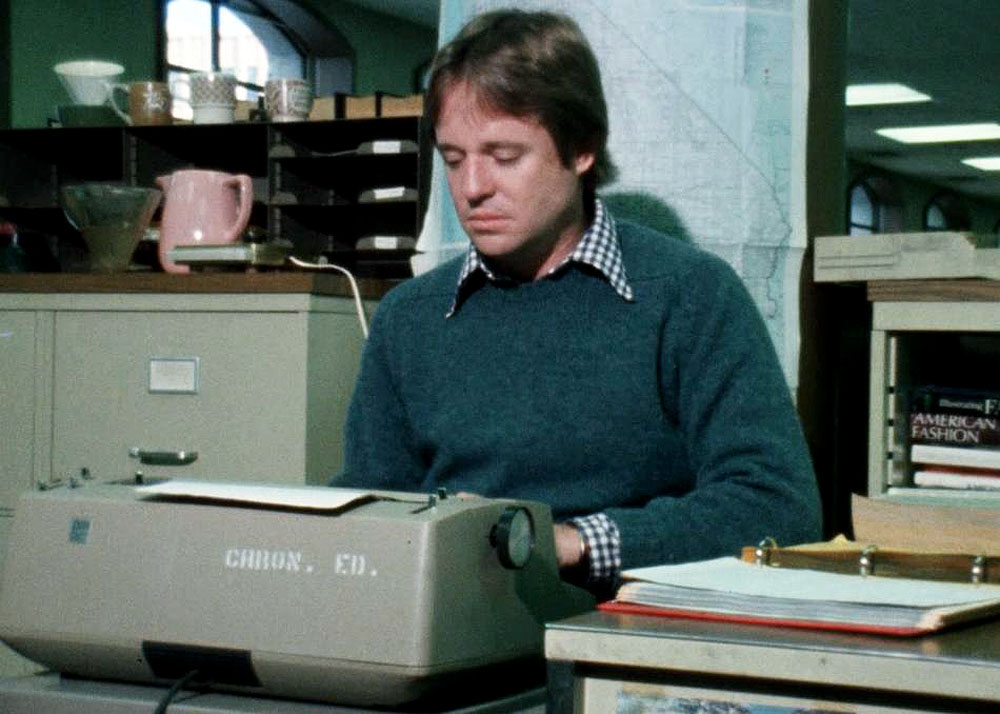It had to happen, now that I think about it. Armistead Maupin let his Facebook friends know today that Variety has reported that Netflix is planning a remake of Maupin’s Tales of the City.
The books, which have sold more than 6 million copies, were first serialized in the San Francisco Chronicle and the San Francisco Examiner starting in 1978. Altogether, there were nine books in the series. There’s a list below.
Even in the early 1990s, Maupin’s books were almost too hot to touch by American television. Britain’s Channel 4 produced the first mini-series in 1993. The series was shown on PBS in 1994, but there were so many complaints about depicting San Francisco LGBT types in a positive light that PBS backed out of a second season. The series later moved to Showtime.
It was “Tales of the City” that made Laura Linney famous.
A revival of Tales of the City thrills me for a number of reasons. For one, I devoured all the books when they first came out. For two, I spent 18 extraordinary years in San Francisco, working at the same places where Maupin worked — at least before he became a rich and famous author and didn’t have to work anymore. It was at an Examiner Christmas party in 1998 that I finally got to shake Maupin’s hand and thank him for the beautiful stories that he brought into the world.
The sad thing, though, is that though Maupin invented an entirely new genre — stories about LGBT people in which they didn’t have to be miserable and die in the end — AIDS happened starting in the early 1980s, and of course Maupin had to write about that. It was a huge setback for LGBT literature, because suddenly the literature was once again about people being miserable and dying.
The books are extremely dated now, period pieces, almost kitschy. The 1990s productions would be very hard to watch now, even with the sterling performances of Laura Linney and Olympia Dukakis. But Netflix, I have no doubt, with Maupin looking over their shoulders, will find ways to bring the stories up to date so that they make sense to today’s sensibilities. And do I ever look forward to scenes shot in San Francisco with a 1970s look!
Not everyone knows that, after the first four books were serialized in the Chronicle, Maupin became irritated with the Chronicle’s editors. My old colleague at the Examiner, managing editor Pamela Brunger Scott, poached Maupin over to the Examiner, and the Examiner serialized book 5, Significant Others. After that, the Chronicle poached him back.
To me, this is huge, because the books are so dated that they make little sense to today’s young people. Because the stories seem dated now, some important history — both the history of a literature and the history of a people — was at risk of being lost. In a way, I suppose it’s good that young people no longer can relate, because it shows how much things have changed in the last 40 years. But how things used to be is something that must not ever be forgotten. These are stories which changed many people’s lives, and which changed the world.
1. Tales of the City (1978)
2. More Tales of the City (1980)
3. Further Tales of the City (1982)
4. Babycakes (1984)
5. Significant Others (1987)
6. Sure of You (1989)
7. Michael Tolliver Lives (2007)
8. Mary Ann in Autumn (2010)
9. The Days of Anna Madrigal (2014)




David
I read every article published by the Exam & Chron as well watched the various TV episodes. I thought they were fascinating to say the least. For some reason I thought he had passed away. So I am glad to hear that he is negotiating new deals.
Pamela Scott was one of the first editors I met and I think we hit it off because she treated me with respect (not just a telephone guy). We were negotiating a new phone system. I was sadden when she left the Exam.
H
Hi Henry… Pam Scott was just incredible to work with. I’ve never had as much fun in my life as I had at the Examiner. It also was great having super people like you working in the newspaper agency! It couldn’t have been easy being torn between those two newspapers, the staffs of which hated each other.
Hmmm, you see I didn’t see the staff side, so I can only presume it was journalistic jealousy? Why would they hate each other? Also as you describe its almost like professional ball teams enticing one side to the other 😉
It was rivalry, I suppose, a kind of narcissism of petty differences.
That is a stunning and startling photo of Maupin. I had always pictured him as an old man and assumed he was dead! To hear the words Armistead Maupin and Facebook in the same sentence is pretty jarring.
I, too, remember the 1990s television serial fondly. It was revolutionary, and I use that word with caution and precision here. It is the great shame of Hollywood that it took a British production company to depict gay people as human beings.
The reason that I began boycotting Hollywood 30 years ago — and have never paid money to see a movie in a theater in three decades — is the fact that THE cultural institution that chronicles American life more importantly than any other could so effectively make gay people either invisible or, as you say, miserable and dying. One or the other. The phrase you are looking for is “cultural erasure,” and I still resent it. Screw Hollywood.
Thanks for the heads-up about this.
DCS
Thanks for sharing the story .